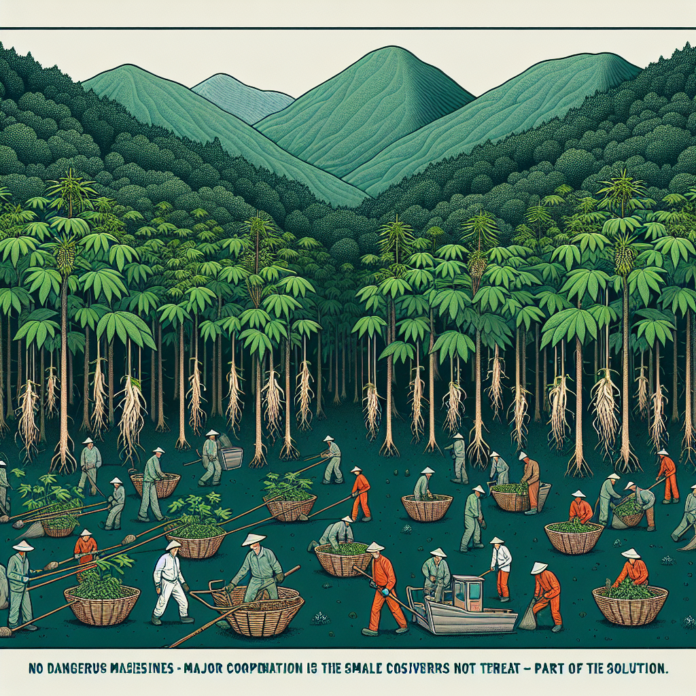Wild Ginseng Faces Decline Yet Small-Scale Diggers May Aid in Preservation
Wild Ginseng is Declining, but Small-Scale ‘Diggers’ Aren’t the Main Threat to This Native Plant and They Can Help Save It
Wild ginseng, a native plant cherished for its medicinal properties, is facing a serious decline. Contrary to popular belief, small-scale ‘diggers’—individuals who harvest ginseng in a sustainable manner—are not the primary threat to its survival. In fact, these diggers might play a crucial role in conserving and revitalizing wild ginseng populations.
The Current State of Wild Ginseng
Wild ginseng (Panax quinquefolius) has been a vital part of North American ecosystems for centuries. Its roots are highly valued in traditional medicine, particularly in Asian markets, where they are believed to possess numerous health benefits, including boosting energy levels, reducing stress, and improving overall well-being. However, overharvesting, habitat loss, and changes in land use have significantly reduced its natural populations.
Major Threats to Wild Ginseng
Several factors contribute to the decline of wild ginseng. Habitat destruction, primarily due to urban development and agricultural expansion, has led to the fragmentation of ginseng’s natural habitat. Additionally, climate change is altering the ecosystems where ginseng thrives, making it more susceptible to disease and less likely to reproduce successfully.
Illegal harvesting also poses a significant threat. Poachers, driven by the high market value of ginseng roots, often employ unsustainable harvesting methods, such as uprooting entire plants and harvesting out of season, which prevents the plant from regenerating.
The Role of Small-Scale Diggers
Small-scale diggers, in contrast, often follow ethical harvesting practices. These individuals typically harvest ginseng for personal use or local sale, rather than for large-scale commercial profit. They understand the importance of sustainability and often adhere to guidelines such as:
– Harvesting only mature plants.
– Leaving the root crown intact to allow for regrowth.
– Replanting seeds to ensure future generations.
By following such practices, small-scale diggers help maintain healthy ginseng populations in the wild.
Efforts to Save Wild Ginseng
Conservationists and researchers are working tirelessly to protect wild ginseng. Initiatives include:
– **Habitat Protection:** Efforts to preserve and restore ginseng habitats are crucial. This includes protecting forest areas from development and mitigating the impacts of climate change.
– **Regulations and Enforcement:** Strengthening laws and regulations to prevent illegal harvesting is essential. This involves stricter penalties for poachers and increased monitoring of ginseng populations.
– **Public Education:** Raising awareness about the importance of sustainable harvesting practices can help reduce the demand for illegally sourced ginseng. Educating the public about the ecological significance of wild ginseng is also vital.
The Future of Wild Ginseng
While the challenges facing wild ginseng are significant, there is hope. By supporting sustainable harvesting practices and conservation efforts, we can help ensure that this valuable plant continues to thrive in its natural habitat. Small-scale diggers, with their knowledge and respect for the land, can be instrumental in these efforts. Through collaborative conservation strategies, we can work towards a future where wild ginseng is not only preserved but flourishes for generations to come.
